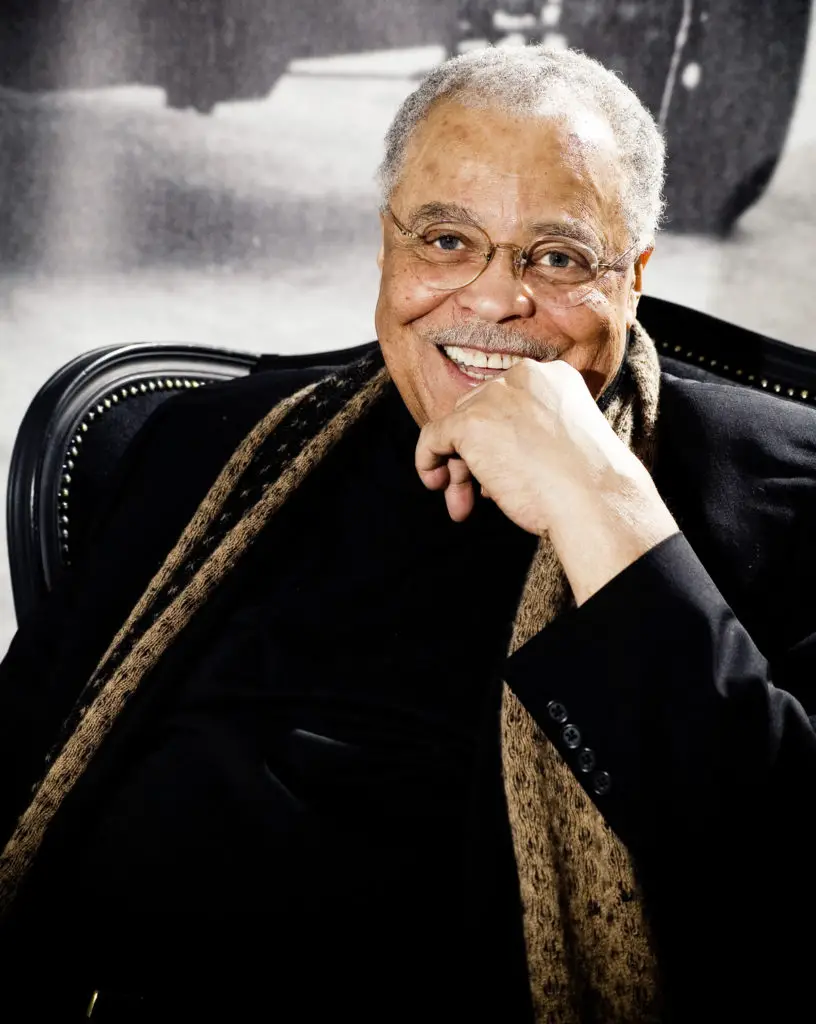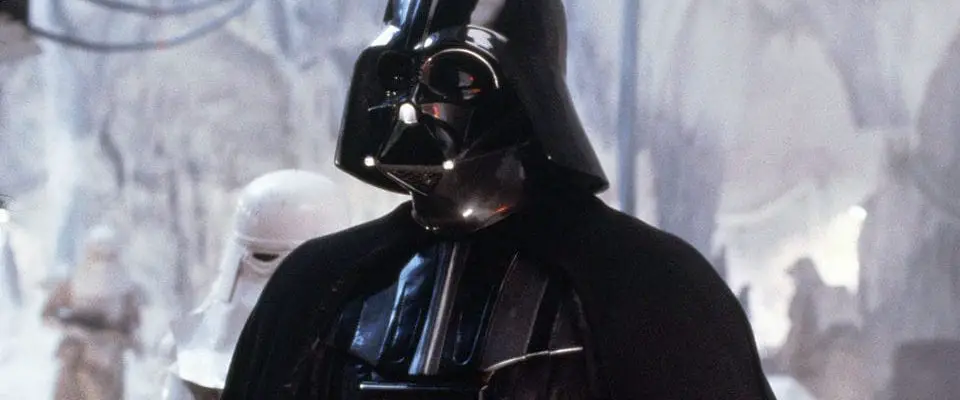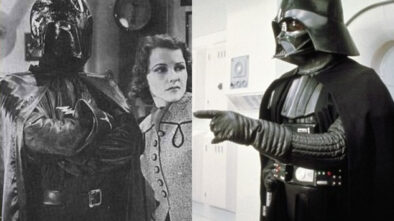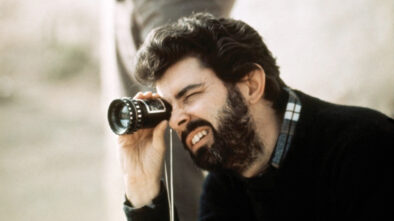How Darth Vader Got His Voice
Everyone remembers that moment when Darth Vader made his first appearance at the beginning of Star Wars: A New Hope. His imposing size, dressed from head to toe in black. That black cape. The black helmet. And that voice. We’re led to believe that the same man wearing the suit, is the same man speaking. But as we all know, it wasn’t the case. David Prowse had the stature to wear the suit, but his voice just didn’t cut it.
Prowse was worried the helmet would muffle his lines. But at some stage during production, director George Lucas had already decided to dub his voice in post-production. His strong Devonshire accent earned him the nickname “Darth Farmer” on set. His accent didn’t fit the character; it belonged in the rural landscape of West Country England.
Without the right voice, Darth Vader would not have been the iconic villain he became, even with his costume. Lucas’ search was on for the right voice, which would eventually lead him to the sonorous vocal talents of James Earl Jones.
Finding James Earl Jones

Before settling on Jones, the director went through tapes of some of Hollywood’s finest voices. Orson Welles was on one tape, but it would be Jones’ baritone which would win Lucas over.
Jones came to Lucas’ attention through his friends and sometime collaborators, Hal Barwood and Matthew Robbins. The pair had just written The Bingo Long Traveling All-Stars & Motor Kings, which had starred Jones.
Jones’ recalls that Lucas wanted a “darker” voice, not in terms of race but one with a deep bass. In fact, Lucas was initially worried about hiring A New Hope’s only black man as a villain. But Jones talent proved too good to turn down.
Ironically, Jones’ had a stutter. But it didn’t cause any problems during recording.
“I lucked out from all these so-called handicaps,” he told the American Film Institute. “I lucked out to get a job that paid me $7,000 [it was actually $7,500]. And I thought that was good money. And I got to be a voice on a movie.”
Jones was happy to earn $7,500 for just two and half hours work. Little did he know just how famous that role would make him, and the life-long association he would have with just one character. He sure didn’t think A New Hope would lead to a sequel, let alone a series of Star Wars films and television shows.
A “Scarier” Voice
In the sequel, The Empire Strikes Back, the deep-voiced actor wanted to add more psychological depth to Vader. But his ideas were immediately crushed by Lucas.
“I remember on [Empire Strikes Back], when George had a chance to counsel me, he said, ‘We don’t know what we did right [on A New Hope], so let’s just try what we did,’” said Jones.
“Naturally, I wanted to make Darth Vader more interesting, more subtle, more psychologically oriented.
“And he said, ‘No. no. What we’re finding out is you’ve got to keep his voice on a very narrow band of inflection because he ain’t human, really.’ So, that was the answer.”
It appears that Prowse didn’t voice Vader on set for the second film. Instead the director, Irvin Kershner did. And his high-pitched voice wasn’t what Jones expected.
“On [Empire], because David Prowse knew his voice wasn’t going to be used, he just sort of threw the lines in. And Kershner gave me a soundtrack with him doing the voice of Darth Vader… it was scary as hell. Kershner was scarier than I could ever be.”
Just “Special Effects”
Jones voiced Vader for all three films in the original trilogy. But for the first two films he went uncredited. During the Seventies, there had been some controversy with The Exorcist, and whether actress Mercedes McCambridge should have received credit for voicing the devil in the possessed girl played by Linda Blair.
As a result, Jones refused credit referring to his talent as just “special effects.”
By Return of the Jedi, he changed his mind. He received credit for the 1983 release and then also for the “Special Editions” of the original trilogy released in 1997.
Jones went on to voice Vader for Star Wars: Rebels, Rogue One: A Star Wars Film, and possibly for Star Wars: The Revenge of the Sith. Though he isn’t certain if Lucas used his voice from earlier films for the prequel trilogy’s final film.
Ben Burtt’s Sound Design
While Jones’ voice was certainly more than “just special effects,” sound effects from sound designer and pioneer Ben Burtt enhanced Jones’ voice. Lucas’ third draft stated that “[Vader] speaks in an oddly filtered voice through his complex breathing mask”, which inspired Burtt to try a number of ideas before settling on Vader’s distinctive breathing.
Initially, Burtt wanted to emphasize Vader’s life support system. If this idea had made it into the final film, then audiences may have strained to hear Vader’s voice over a loud heartbeat, a wheezing respiratory system, and the din of motors whirring every time he moved his head.
“We learned what we really wanted was just an icy, cold, mechanical breathing,” Burtt said in Steve Sansweet’s book, Anakin Skywalker: The Story of Darth Vader.
Burtt pioneered many of the sounds on A New Hope, such as banging high tension wires to produce the sounds of discharges from laser blasters.
In a similar way, he used the sound of breathing through a scuba regulator as the basis for Vader’s breathing.
“Then I’d edit those breaths into every scene with Darth Vader and try to match the breathing rhythm of the speech, which of course was the voice of James Earl Jones.”
Lucas thought about explaining how Vader sustained his injuries which resulted in his physical condition and his labored breathing in Star Wars: A New Hope. “I was going to shoot a close-up of Vader where you could see the inside of his face, but then we said no, no, it would destroy the mystique of the whole thing.”






